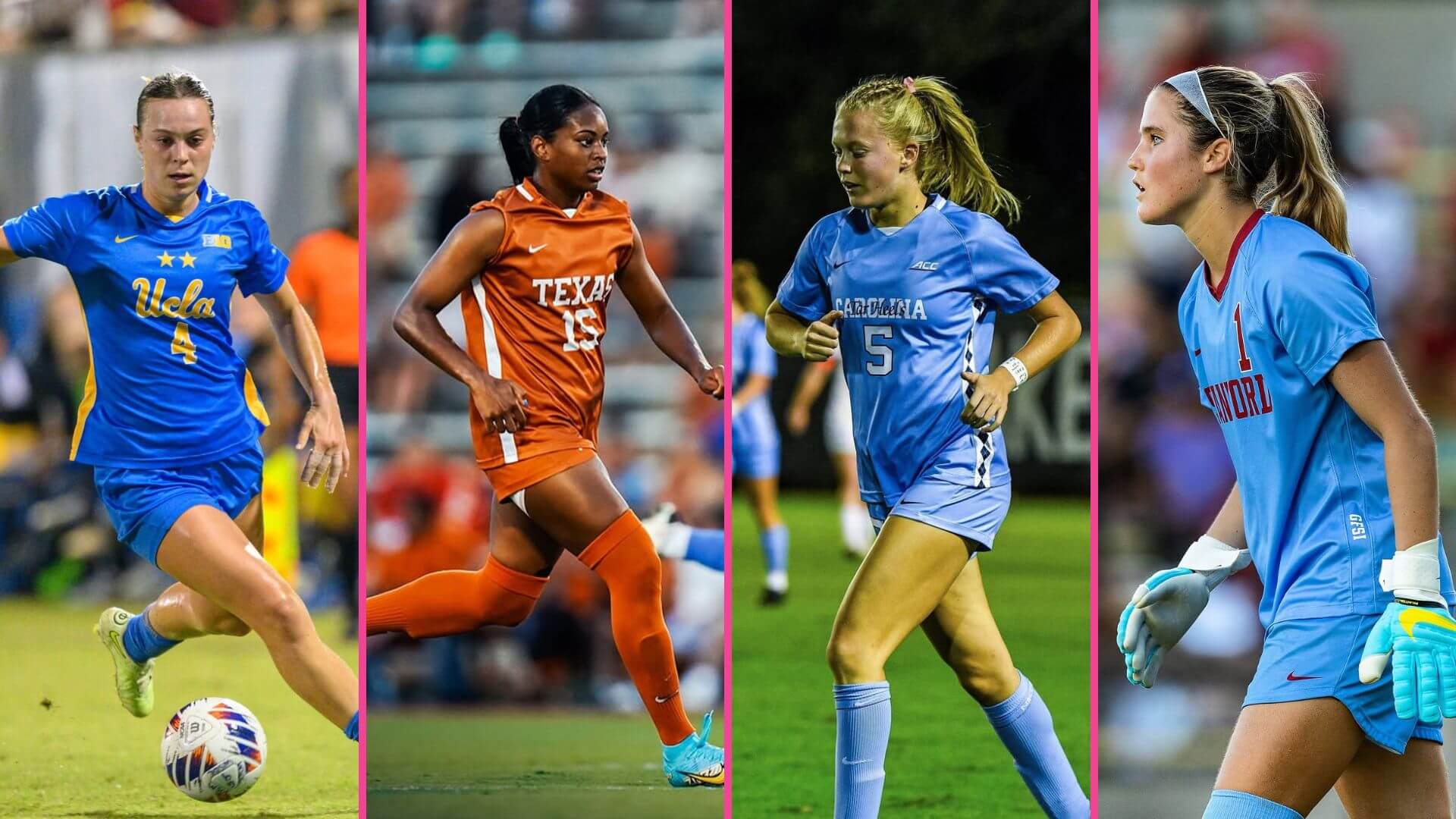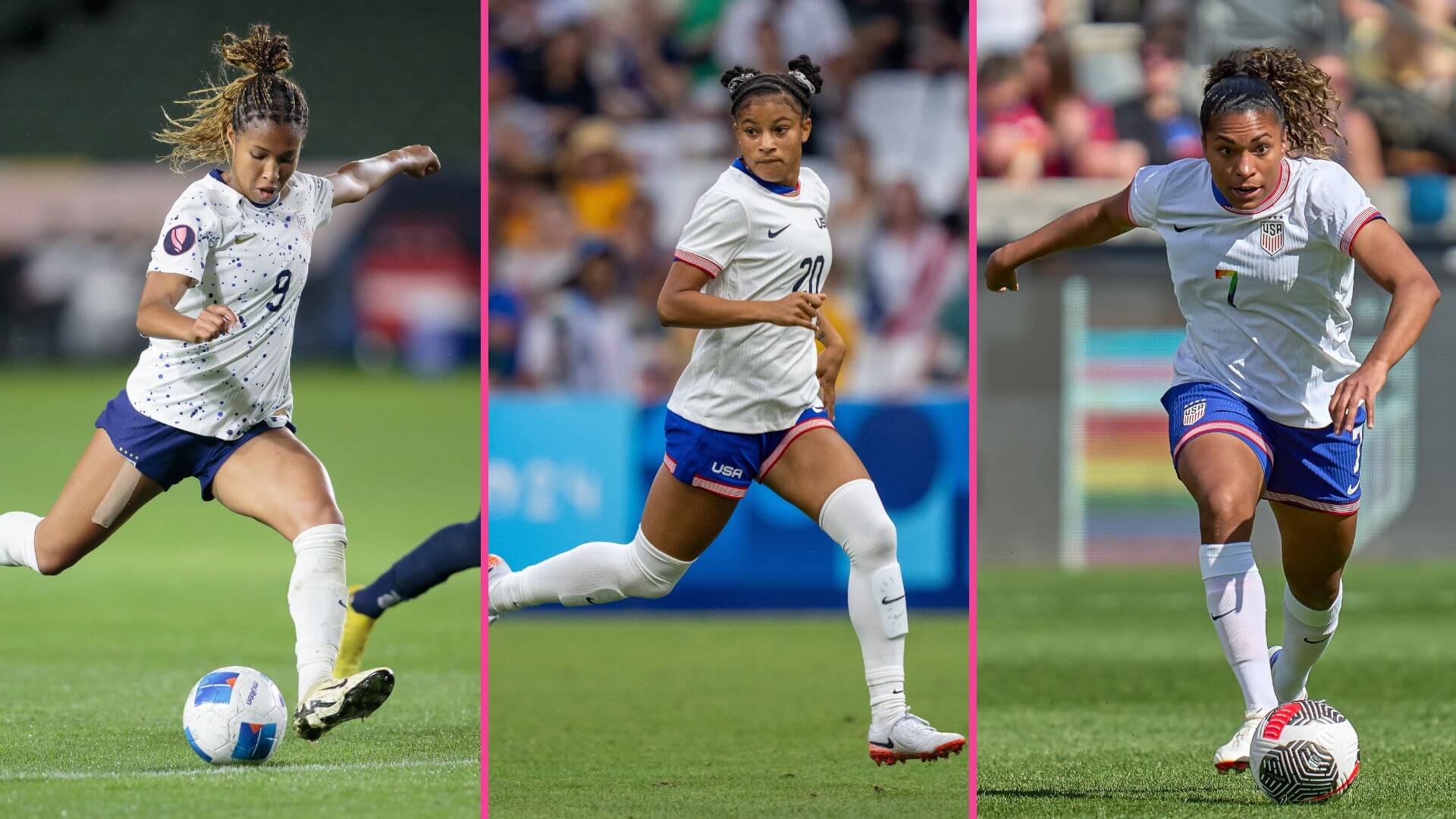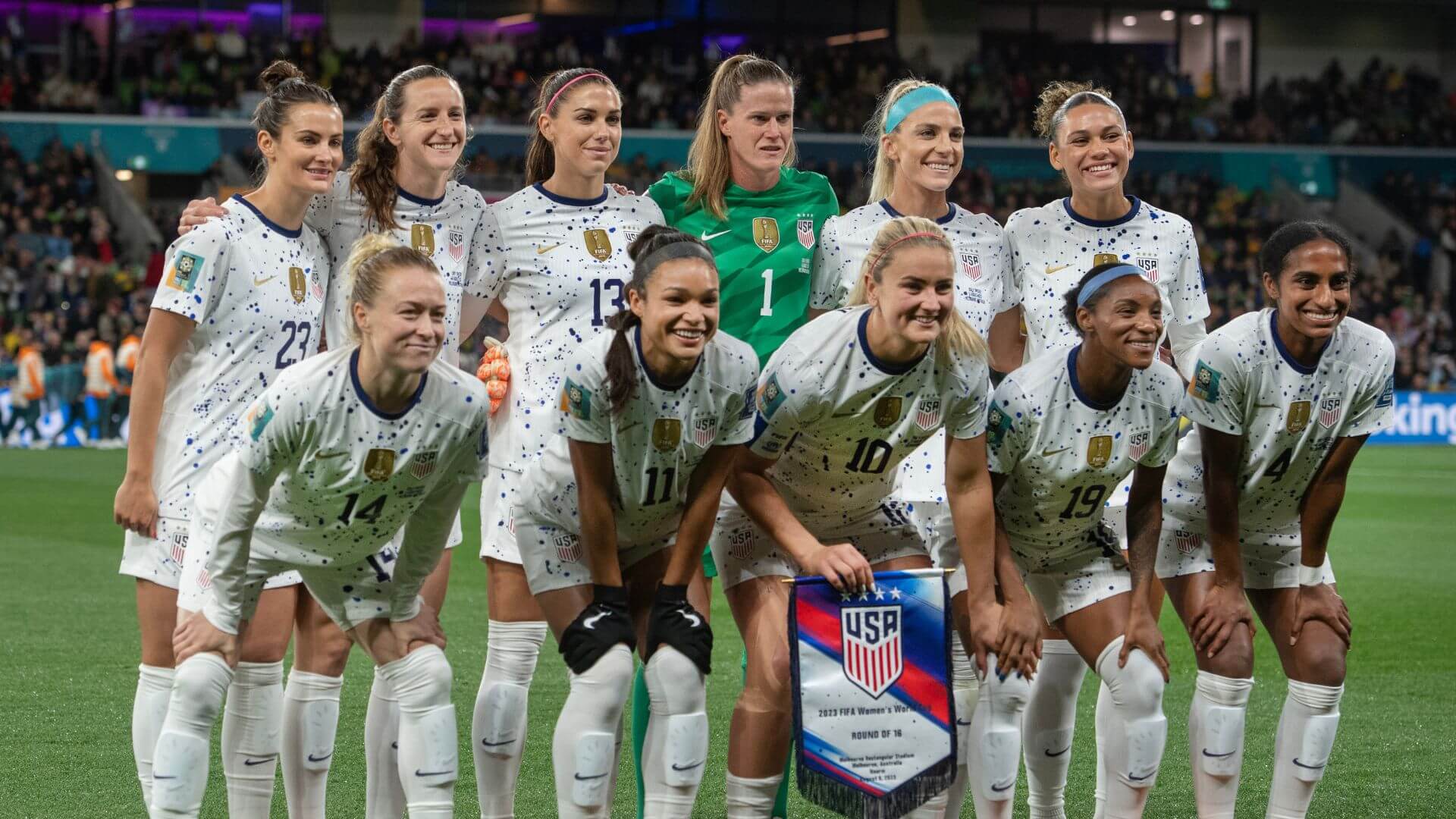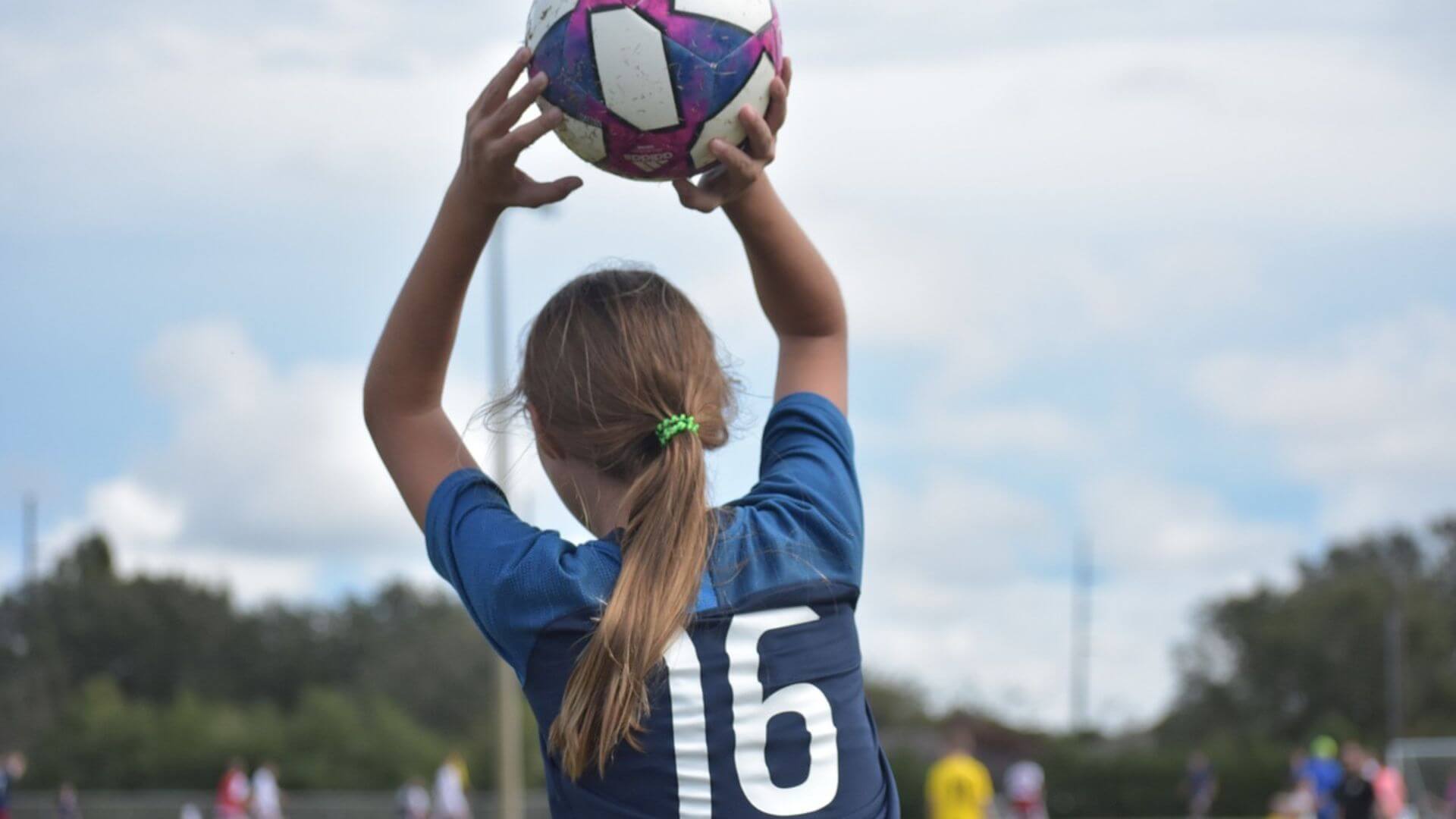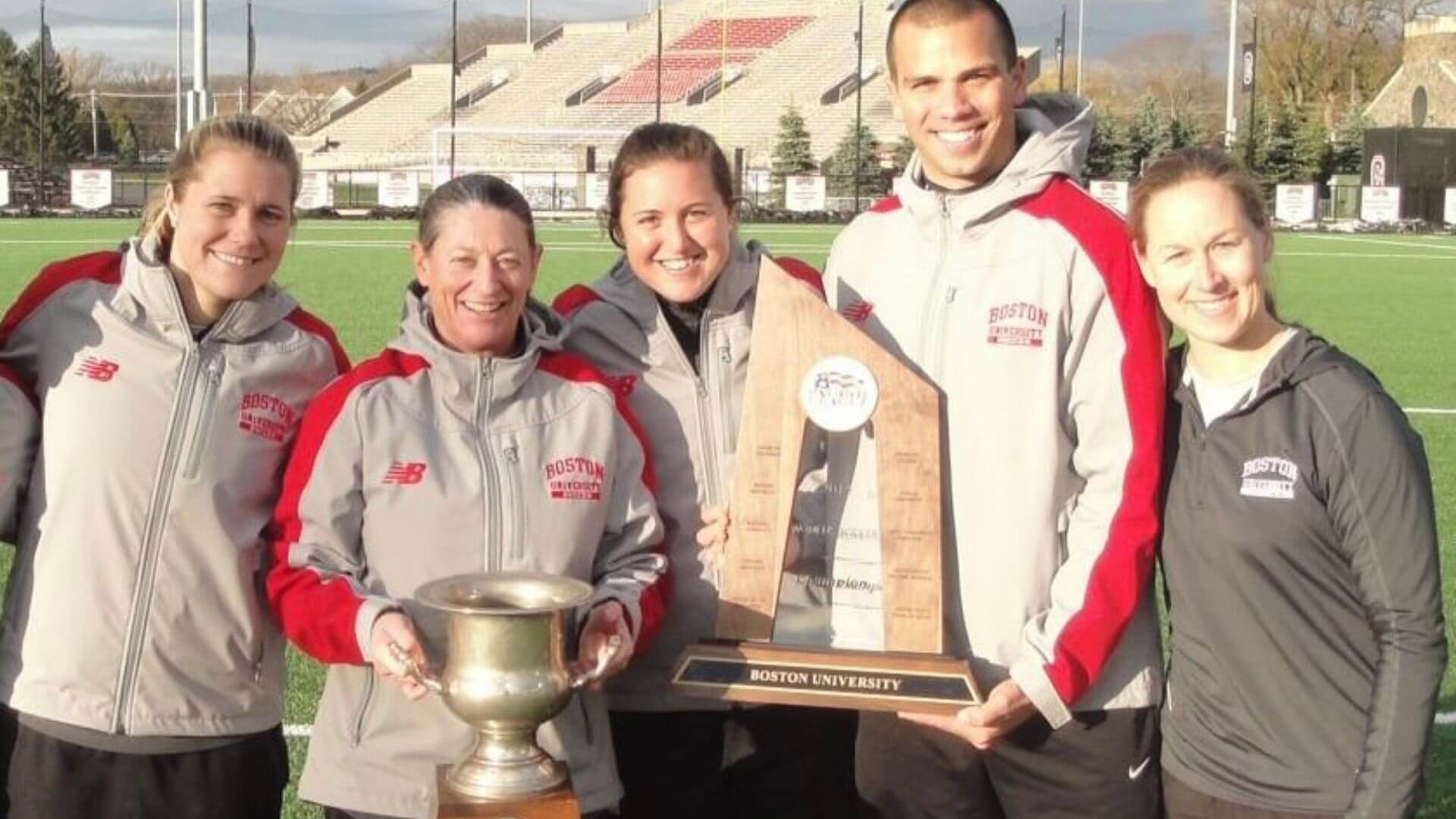The Impact of UCLA, USC, Oregon, and Washington Joining the Big 10 Conference
Starting in 2024, UCLA, USC, the University of Oregon, and the University of Washington will be transitioning out of Pac-12 and joining the Big 10 conference. This change is unprecedented and makes for a coast-to-coast conference in the U.S. The two Southern California teams and two Pacific Northwest teams will expand the Big 10 to have 18 teams. The transition has benefits for the schools but also downsides for the athletes and athletic programs. This switch seems like a major benefit to the schools and for football, but it might not be for the Division 1 soccer teams.
Why UCLA, USC, Oregon, and Washington are Switching Conferences
Many fans and players alike are confused as to why these two schools would make such a large move to a conference with schools spread across completely different areas of the country. In their past conference, Pac-12, they did not have to travel more than 1,000 miles for a game. In the Big 10, the closest school is 1,200 miles away.
One main reason the schools decided to apply for the Big 10 was monetary incentives. It has been projected that they will make more than double what they currently make in media rights fees. Another reason is that the game times on television will give more exposure to the two schools nationally.
Issues with the Switch
The most obvious issue with these West Coast schools switching conferences is the amount of travel that they will have to endure to compete with the other schools. They will be traveling from the West Coast to the Midwest and East Coast in short time spans, all while being college students. Even though the schools say that they are exploring options for how the students can miss the least amount of class time, this has to be an added stressor for athletes.
Some options that have been discussed to help with this travel are to meet somewhere in the middle and compete against multiple teams at once or to have more chartered planes for the athletes. Even with these options available, longer travel has many downsides for athletes.
On top of the concern for athlete well-being, traveling so often for college sports games has a detrimental outcome for the environment. The San Francisco Chronicle points out that this could be an issue for athletes who are in the age range of monitoring their own carbon footprint.
Another issue with changing conferences is that it diminishes the meaning of tradition for the teams. These four schools have all played in the Pac-12 since the 1920s or prior. This has harbored good, strong rivalries between the teams that they normally play and within fanbases as well.
Within Women’s Soccer
The travel time is devastating and difficult to work around for everyone, but mostly for athletes who are expected to play multiple games in a week. One of which is women’s soccer.
Thinking about it,
UCLA and USC moving to the Big 10 is a good move…for Football.But for every other sport, mainly basketball, soccer, baseball, and volleyball
The road trips will be extremely exhausting.
— Just a Meme Dealer (@MekhiWilson24) July 1, 2022
Benefits to Joining the Big 10 Conference
While this does seem like a drastic change, there seem to be some benefits to the athletes from the four schools.
UCLA has stated that they are set to spend 10.32 million a year on the athletes’ program to aid in the transition to the new conference. They plan to help with nutrition planning for the athletes to be able to stand as equal competitors to the big-name schools in the Big 10. This year, they plan to give lunch options for all athletes on campus, and when the final transition is made, they will also be provided breakfast and dinner. The schools also plan to invest in more mental health support and academic tutoring for the athletes.
Another added benefit is that the schools will be better prepared before entering NCAA tournaments. They will have more exposure to bigger schools and practice before jumping onto the national stage for a game.
_
GIRLS SOCCER NETWORK: YOUR SOURCE FOR GIRLS SOCCER NEWS





